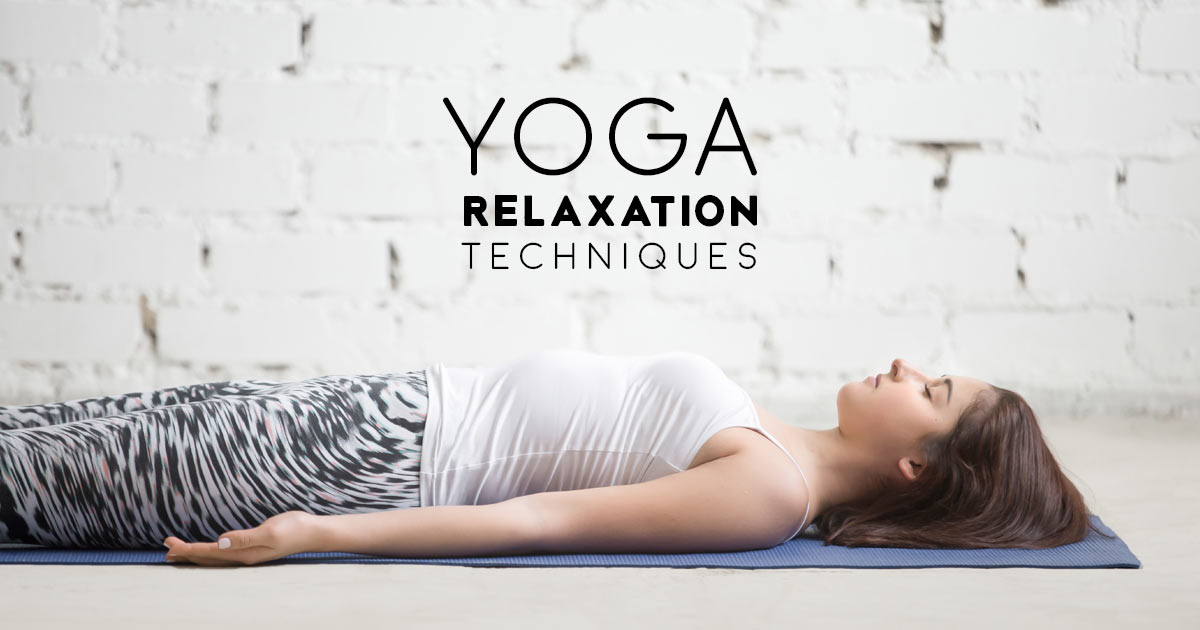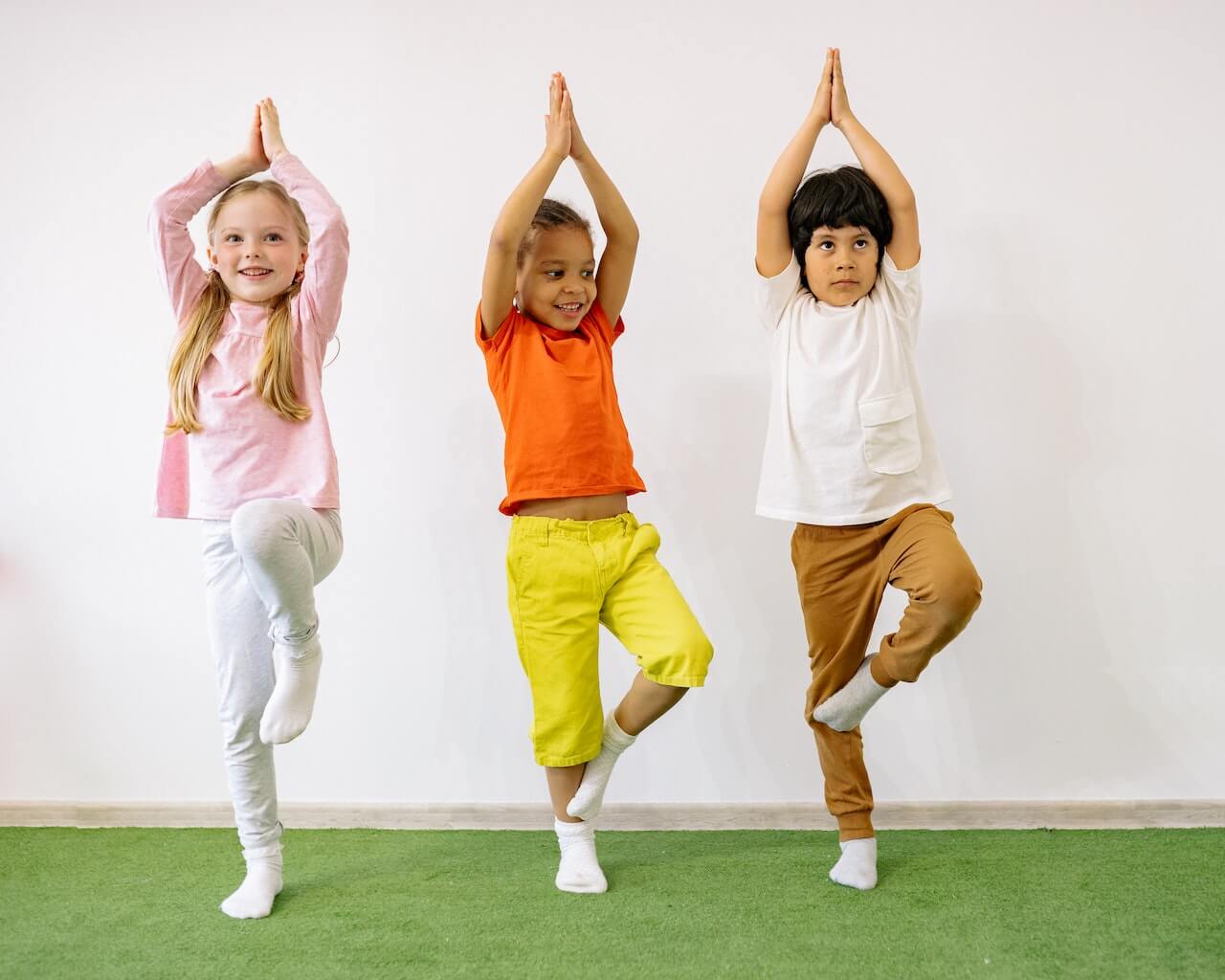How to achieve what Yoga is famous for: a sense of focused awareness and relaxation. Should you try Meditation or start with a Yoga class? Looking for somewhere to start but not sure what it is all about? Read on…
The Science of Relaxation: How does it all work?
The aims of Yoga Relaxation techniques are to balance the nervous system and activate the part of our central nervous system responsible for our capacity to heal and restore (parasympathetic nervous system). This is normally mostly engaged during sleep however our natural body state oscillates during the day between the active (sympathetic) and passive (parasympathetic) nervous system.
In a healthy balance, it helps reduce stress, neutralises excess stress hormones such as cortisol and counters the huge negative effect of stress on the body that we know are responsible for many illnesses.
Simple breathing exercises, meditation, and relaxation or visualisation can help reduce anxiety, frustration or tension and stress levels. Those exercises act on many levels (mental, physical and emotional) and also help to develop a heightened sense of awareness and focused attention.
The more you practice, the easiest it will become to find your calm centre, as consistent practice affects our neurological wiring to create positive patterns over time.
Overview of the techniques available and which is for me?
Techniques are varied and suit different people at different stages of their Yoga and Meditation Journey. Which is for me? It really depends on your needs, physical and mental, as well as what you fancy (as liking your class, is the best way to stick to it, as opposed to making yourself do it!)
Feeling agitated and overworked but no time to exercise? It may be best to start with a Beginners Yoga course then introduce some Restorative Yoga. If you are already very active, you may enjoy a more physical Yoga class, but note that it might not make you relax initially, perhaps choose a more gentle style to help balance your physical activity. Best to try it out for a few weeks and speak to your teacher for advice.
Breath and Body Mindfulness: are mindfulness techniques practiced whilst sitting or lying still, ranging from 3 minutes to 10mins, often practiced at the beginning and/or end of a Yoga class or as a stand-alone meditation technique. This technique helps quieten the mind and brings the awareness to the physical body. It is an excellent induction for a longer Relaxation or Meditation.
Yoga: Although Yoga poses are the same across all styles of Yoga, the sequencing, pace, method and intention used to make for a very varied landscape of Yoga classes. Not 2 classes are the same even in those traditions when the class is a set sequence of poses. Some classes are very physical and dynamic when others are slower and invite a deeper connection with the breath and the different layers of the body and mind.
Visualisation: A journey taken through our imagination usually after an initial Breath and Body mindfulness at the end of a Yoga class or during a Relaxation or Restorative Yoga class. You will be lying down with the eyes closed. The language used is essential to bring a sensory experience to the student in their own personal way. A longer, and deeper Relaxation such as Yoga Nidra, or Deep Yoga Relaxation may induce a state of relaxed and focused relaxation when the student’s brain waves slow down to those experienced in REM sleep.
Well known themes in Visualisations are Natural Spaces and Landscape, Natural Materials, The Elements, Energy, Light, Peace and Harmony, Healing, Love and Compassion, Strength, Clarity, Space, Body Scan etc…
Repetition of Affirmation or Mantra repetition helps focus the mind and the breath on a positive affirmation, such as I am peaceful, I am strong, I am relaxed, I am calm etc.. Repetitions can be used during a Yoga pose in a Yoga class but most likely as part of your Relaxation or seated Meditation practice.
Active Meditation: Not all forms of meditation demand stillness, in fact, it might be easier for some to either start with Mindful movements or an active Meditation such as Walking Meditation. The practice demands complete concentration on the action of walking, labelling and repeating in the mind the actions of lifting, moving and placing the feet in turn as we walk.
You are welcome to join us to try out all of these techniques for yourself and see what you might enjoy the most or find most beneficial: we offer Meditation on Tuesdays in Reigate with Jackie at 6.45pm (starts 12th June), weekly drop-in Restorative Yoga on Thursdays 12.10pm (to 1pm) and/or a Monthly 1h Relaxation class on a Friday evening 6.30pm and of course our weekly Beginners Yoga courses.


Leave A Comment